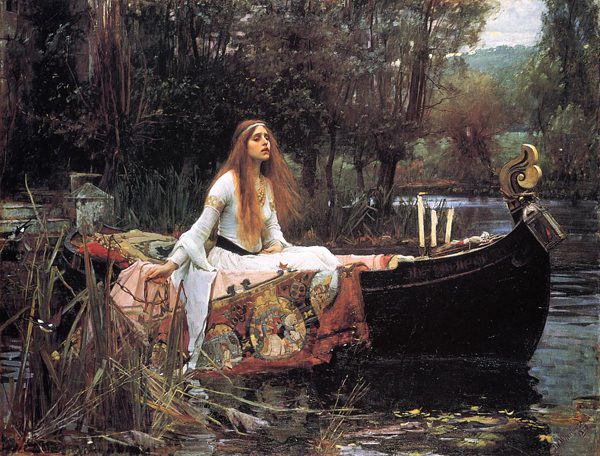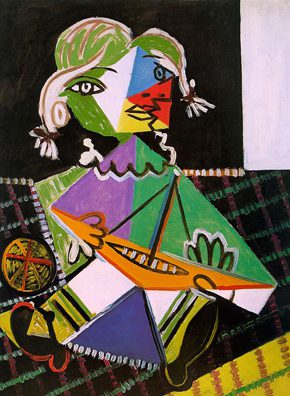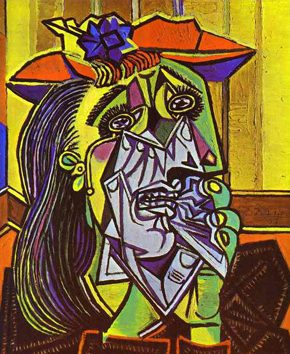Asked by James Dickey why he got “into this,” meaning into the literary business, into poetry, Robert Penn Warren says, “bad judgment.”
I suppose, one thinks about this sort of thing often when one is bleeding poems into existence. One thinks about the trials, sure. But there are also the utter absurdities. Writing lines? Writing stanzas? Shaping metaphor into an argument, or argument into a metaphor? And then writing without hope of knowing what it is you’re going to get to, get at? And then getting lost! Bad judgment indeed.
And then the further absurdity: Trying to figure out what it is you’ve experienced or understood and making that into something else — a poem? The whole process can be a series of bad judgments. Something like:
“Robert Penn Warren’s Definition of Poetry”
A poem?
Could be.
Bad judgment —
Probably.
But what if there were some way to figure out what kind of poet you are? To improve the judgment?
Isaiah Berlin’s frame of the hedgehog and the fox is sometimes useful. The metaphor, which was the tittle of Berlin’s 1950s essay on Tolstoy and the styles of other writers, is a reference to a fragment by the Greek poet Archilochus, “the fox knows many things, but the hedgehog knows one big thing.”
Berlin divides writers into the two categories. Hedgehogs filter their experience and literary output through a single frame, a defining idea, a unitary vision. Think of Dante, think of Nietzsche, think of Roth, think of Faulkner, think of Merwin, think of Adrienne Rich and Emily Dickinson and Milosz. Foxes, on the other hand, utilize an array of objectives and materials. No single idea is of interest. Think of Shakespeare, think of J.C. Oates, think of Billy Collins, think of John Ashbery and Eudora Welty.
Put the circular you into the corresponding hedgehog or fox circle (rather than try to put a circular you into a hedgehog or fox square), and you might be be able to sort out what you have written, are writing, and might write in the future. And just live with that. Well, by that I mean, thrive there. Embrace it. It’d be good judgment.
Here’s another test. Have a look at this painting by the pre-Raphaelite English painter, John William Waterhouse:

“The Lady of Shalott” depicts of scene from Tennyson’s poem. There’s unrequited love! There’s Camelot! There’s a lady locked in a tower! It’s those Saturdays of yore collapsed on a couch reading adventure poetry while it’s raining outside.
But also look closely at the painting. Aside from its ekphrastic foundation, look at the expression on the woman’s face. The general despair of her mouth, the dis-allegience with reality in the eyes, the urgency of the body toward some kind of action. Are these the kinds of themes your writing entertains? Too, take a look at the smaller details: the two blown-out candles, the meek lantern, the domestic bedding in the non-domestic vessel, the high light of liberty in the upper right that can’t be reached that must be meant as a contrast with the lower right blackness under the boat of the river, the awaiting suicidal darkness. And finally, the little chain clasped delicately around her right hand. Are these the kind of delicacies that are revered in your writing? Do you write with a depictionist’s sense of precision? Especially for the image?
Or consider these two paintings by Pablo Picasso: “Maia au Bateau” and “The Weeping Woman.”


Do these images more accurately reflect the sort of poetry you write? In the boat painting, I see not, as in the Whitehouse, a woman in despair inside a boat, but a woman holding a toy boat who has become so triangulated she has blended into the boat itself. (In the Waterhouse, the woman is distinct from the boat, no?)
Look closely at the landscape, too. There really isn’t any. It’s an interior, it’s a carpet, with a corresponding wall not just resembling the room but blanketing it into darkness so that there is no differentiation of space, of time, of qualities of actual living. And the multi-colored fragmentary distorted face is concurrent with the boat’s angles. All the particulars are blended into the other particulars. Pile on upon pile on. Everything distorted into a singular tapestry.
Or in the weeping painting: Are we not meant to have the woman’s pain transferred literally into us? Is this the sort of breaking down of barriers between, let’s call it now, reader and writer that you’re after in your poems? Do you want the figures in your poems to be sanctified or sacrificed? Do you want them to be real or hyper-real? Do you care if they have past lives or are they figurations tearing themselves into pieces and tearing themselves both into and out of an idea?
Are you writing for depiction or for transformation? Or for distortion? Or for absolute pure utterance?
Filter your own writing through the one (the Waterhouse) or the other (the Picasso), and you’ll go a long way to sorting out what kind of poet you are, have been, and can be.
I’ll say, too, it’s not an all or nothing sort of proposition. You’re not all depiction or all distortion. Just as you are not all hedgehog or all fox.
Writers have tendencies, leanings, urges, predispositions. No need to hide from them. It would be bad judgement to try.
When you recognize who you are as a poet and what your ambitions are, you enter the larger art of poetry and all of its thousands of years of development as a fellow participant and not as an mere observer. You scissor yourself into the art’s very consciousness. You stitch yourself into its multi-traditions that enhance your poems and which you in turn bring freshness to, bring contemporaneity to, and bring your singular voice to. This is the communion that can help differentiate your poems inside the art of poetry.




